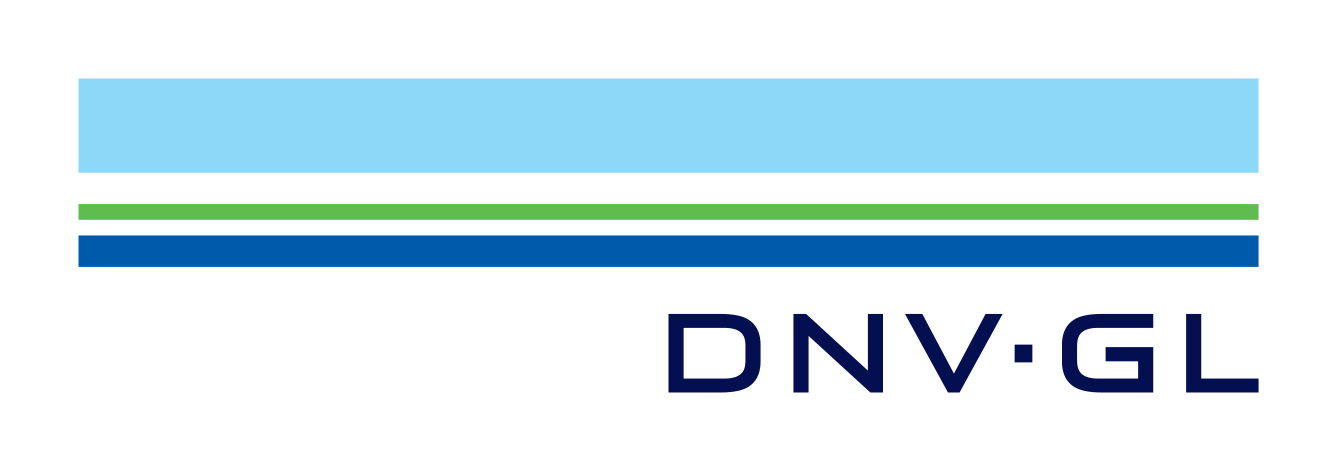Mastering Materiality
By: Dave Knight – Director: DNV GL Sustainability Advisory Services, Business Assurance
The concept of materiality is cropping up everywhere. The last few years have seen it enshrined in a number of standards and frameworks notably the Global Reporting Initiative Guidelines; the International Integrated Reporting Framework; the AA1000 Accountability Principles Standard and the Sustainability Accounting Standards Board. Not all define the concept in the same way however and there are widespread variations in its application and the value it can leverage.
I wanted to reflect on an Agrion event I moderated earlier last week. The event is part of a series of live streamed discussions bringing together thought leaders, practitioners and interested parties, this time in San Francisco, to discuss topical issues in the corporate sustainability space. I was joined by Gwen Migita VP Sustainability & Community Affairs at Caesars Entertainment Corporation and Deb Martin the Stakeholder Engagement Manager at SASB to discuss how materiality can deliver strategic value.
So what learning came out of the event?
Materiality is not a new concept
We reflected on the fact that this is not new. Materiality within sustainability management grew out of the realization in Europe over ten years ago that for sustainability to be taken seriously by business decision makers it needed to professionalize and talk the language of business. And in this case it meant that it learnt and borrowed from the accountancy and legal professions – what issues are disclosed in the mix of corporate information that may substantially alter the decision of a reasonable investor to invest in a company or not.
Varying, yet complimentary approaches to materiality
Having come over from Europe to live in the US seven months ago, it is interesting to see how fast the US is now taking this on board. Deb shared SASB’s vision of having a series of industry specific standards that define the material issues that will enable investment analysts to more easily compare performance, spot risks and highlight opportunities. It should foster competition in a way that improves the signals that guide a transition to a more sustainable economy. SASB is not hanging around, there are 80+ standards planned with 18 currently available for use and 26 in development over the last 16 months.
However the reasonable investor is not the only interested party and companies have to balance the interests of a wide range of stakeholder groups. Gwen shared the process behind Caesars determination of what issues are most material for the entertainment group. This included ranking the significance of a range of potential issues drawn from the GRI G4 guidelines and expanded to include issues of direct relevance to the sector such as responsible gaming. This was then added to a number, representing the influence on stakeholder assessments and decisions, to arrive at the overall materiality picture. In this case materiality is concerned with what could alter the decision of broader stakeholders. Caesars has to understand and respond to the expectations of many groups and it places more weight on the opinions of the stakeholders critical to its operations.
Embed materiality into your core business strategy for optimal benefit
Sustainability reports, SEC filings, and other disclosures are only a reflection of what is happening within an organization and how it considers its risk and opportunity profile. Getting the most value from materiality process depends on it being embedded into and informing core business strategy. The panel agreed that whilst this isn’t always happening, the silos are moving closer.
The IIRC framework for example, encourages organizations to map their material aspects across their value chain. Companies are also applying the concept at multiple levels. DNV GL is working with companies to explore materiality at a supply chain/commodity level and others, such as Rio Tinto, at corporate and regional levels. Conglomerates or portfolio investors may need to have a number of analyses to adequately understand what will drive value and present risks.
Present materiality outcomes in a way that speaks to your stakeholders
Examples of the way the information is presented were also shared. Cisco, for example, presents its materiality process outcomes on a matrix which also shows the degree of influence or control it has over the issue. Until 2010, SAP presented its materiality complete with a slider control, which enabled the user to change the time when the materiality review was completed and track changes in issues and relevance across a number of years. It’s more recent approach uses business model filters and value drivers to focus in on those issues that really matter. Girvaudan, the French spice company and Nestlé use other visual guides to show how issues are trending.
How the leaders are leveraging materiality
Attendees at the event questioned whether these processes adequately represented the global sustainability context, in particular the scale of many environmental challenges and the speed of response required if we are to alter current trajectories. The panel reflected that there are some ways to do this but it is not generally easily achieved. For example, GRI expects reasonably estimable sustainability impacts are included through the consideration of the latest science or involvement of experts. Others are using ecosystem evaluation methods to improve their understanding of the financial implications. These are helping, but predicting the future is not an exact science.
Leading companies are leveraging their approaches beyond reporting. They are using them to consider not only the risks to their business but also the opportunities for revenue growth and sustainable innovation. They are using materiality in a dynamic way to feed into strategic decision making, enterprise risk management and sustainable innovation. They are applying the concept at multiple levels and focusing in on what it means for how they act and respond.

